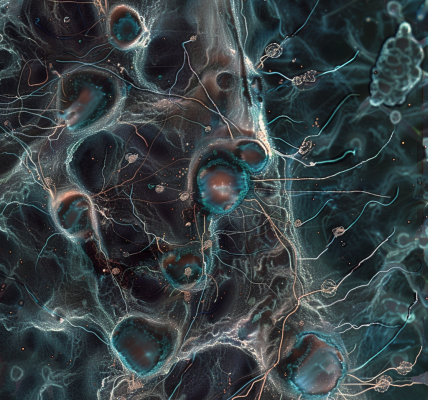Viruses have long been a mysterious and enigmatic presence in microbial ecosystems, with their ability to infect, kill, and manipulate various cells in diverse environments such as the oceans and the human gut. Despite this knowledge, researchers still lack a comprehensive understanding of the impact viruses have on their surroundings due to their immense diversity and rapid evolution.
Studying communities of microbes in a laboratory setting poses numerous challenges. Many microbes are hard to culture, and the complexity of their natural environment far exceeds what can be replicated in a controlled lab environment. As a result, systems biologists often resort to sequencing all the DNA in a sample, such as a fecal sample, isolating the viral DNA sequences, and annotating the sections of the viral genome responsible for coding proteins. These annotations provide crucial insights into the potential functions of viruses in the environment and aid in the identification of different viral strains by comparing them to existing annotated sequences in public genetic databases.
Despite these efforts, the rate at which scientists are discovering new viral sequences in environmental DNA surpasses their capacity to annotate and analyze these genes effectively. This situation leads to a significant gap in our understanding of viruses in microbial ecosystems, with researchers only utilizing a fraction of the available data for their studies.
To address this challenge and enhance the global study of viruses, a team of researchers has introduced a groundbreaking approach to annotate viral sequences. This innovative method aims to revolutionize the way scientists analyze and interpret viral genetic data, allowing for a more comprehensive understanding of the role viruses play in diverse ecosystems.





